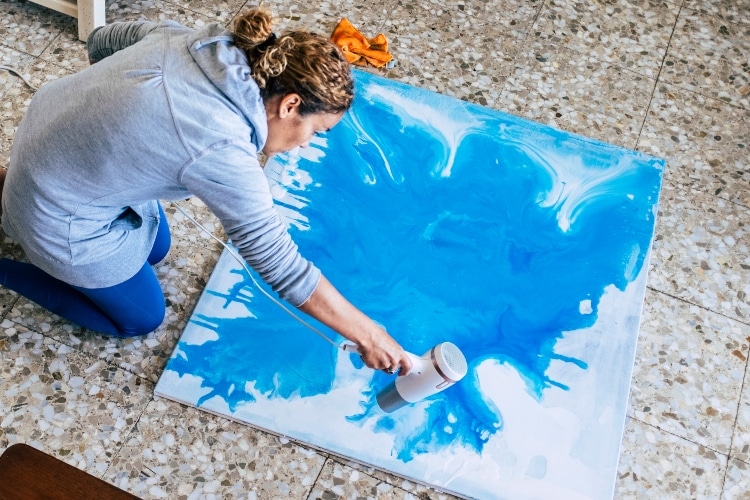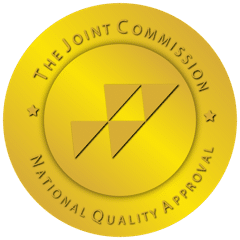Have you ever seen an adult coloring book? While they might look fun and childlike, the books actually have a more serious purpose. They’re designed to calm the artist, letting them relax, become more mindful, and ease anxieties.
This isn’t the first time that art has been used in alignment with mental health. In fact, it’s become a huge part of therapy programs and is even being used to help treat addiction. If you’re on the hunt for alternative addiction treatments, this is definitely something to look into.
What is Art Therapy?
In art therapy, people are encouraged to express their emotions in a healthy way through the power of art. This can include a variety of mediums, including:
- Painting
- Drawing
- Sketching
- Sculpting
- Music
- Dancing
- Poetry
This list is by no means exhaustive, almost any creative activity could be used as art therapy.. Because art is so naturally expressive, many people find it’s a great way to channel difficult feelings.
The Benefits of Art Therapy
There are a lot of different addiction treatments out there, from CBT to reading lists of self-help books. The best way to treat addiction is with a combination of different therapies. There are tons of different benefits of it that you could experience.
For example, if you struggle to talk about your addiction and feelings, art is an incredible way to become more expressive as it’s usually non-verbal. By channeling your feelings through a medium, you can find a sense of release and may be able to better explain your thoughts after you’ve been doing it for long enough. It will also teach you to express your feelings differently, encouraging you to work through different emotions and experiences and perhaps even resolve them within yourself.
This deep self-expression can also help to boost inner confidence. As you work through your art, you’ll gain a better understanding of yourself as well as what you can achieve. It may also become a passion, giving you something to focus on that you enjoy as you battle your addiction.
Research has also uncovered that art therapy can help with depression and anxiety. Focusing your mind on creating something, encourages a feeling of wellbeing and focus, not unlike meditation. If you find yourself feeling much more relaxed and clear-headed after creating something, you won’t be alone!
How Can Art Therapy Help Treat Addiction?
Of course, art therapy isn’t a miracle cure, but it’s a good start. As we mentioned, when it comes to how to treat addiction there will be many different things that the addict needs, but art therapy can make a great foundation and works alongside other treatments. Here are a few ways it can help those recovering from addictions:
- Understand, express, and resolve physiological trauma
- Understand yourself better
- Create techniques for self-soothing in stressful situations where the chance of relapse is high
- Give you something to focus your mind on
- Learn to live presently and consciously
- Improve confidence and self-esteem which are essential for battling addiction
- Connect with trauma and take control of emotions
The list of ways it can help is almost endless, and new benefits are constantly being uncovered! Every person is different, and their response to art therapy is different, too. Some people may simply find it to be a calming activity and nothing more, while for others it could the cornerstone of their recovery.
Different Methods of Art Therapy
Addiction treatments should always be carried out carefully and under the watch of professionals. When it comes to art therapy, this is no different! There are three main branches of art therapy that involved an individual and a therapist working together.
First is the Gestalt method, where you’ll work with a therapist to dive into your emotions and past experiences, using art as an accompanying tool. This is particularly beneficial for those who struggle to speak about their feelings with their therapist and can help you both work together.
The second is the Active Imagination method. This is where your art will be used as a starting point for a broader discussion with your therapist, allowing your mind to roam away from the art and explore more lines of thought. It’s a way to dive deeper into your feelings and help you both to analyze them.
The third method is the Third-Hand approach, and it involves more input from the therapist. Although you’ll still be in the driving seat when it comes to creating your art, your therapist will be there to help you to develop your pieces and perhaps to explore singular ideas further. Think of this as a teacher and an art student, where your therapist will guide you through the process.
Of course, these aren’t the only methods and nothing’s set in stone. If you and your therapist think a different approach will be better suited to you, then you can explore that. Art has no boundaries, making it a brilliant form of personal therapy.
Explore Art Therapy and Addiction Treatments
Linking art therapy and addiction certainly isn’t new, but it’s a method that’s growing in popularity. As more people experience it and find relief, comfort, and even healing in art, others want to try it!
If you or someone you love has an addiction and you think art therapy could help, be sure to take a look at our outpatient services at Lift Off Recovery. With tailored programs, we can incorporate art into your treatment and help you regain control of your life. To find out more, feel free to get in touch with our team – we’re always happy to help.






